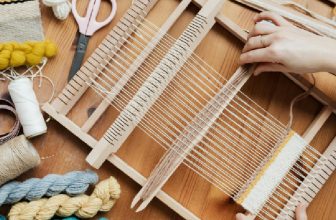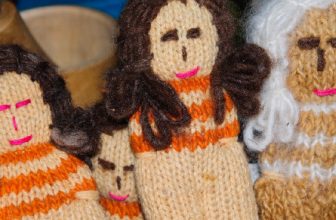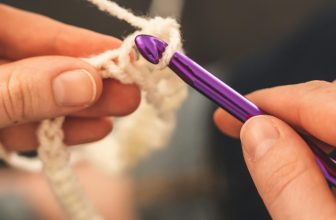How to Knit Short Rows
Knitting short rows is a common technique used in many knitting projects. Whether you are creating an intricate lace shawl or a cozy sweater, mastering the art of short rows can help you produce perfect results every time. If you are new to knitting or want to sharpen your skills, this guide will teach you how to knit short rows like a pro.
Can You Knit Short Rows?
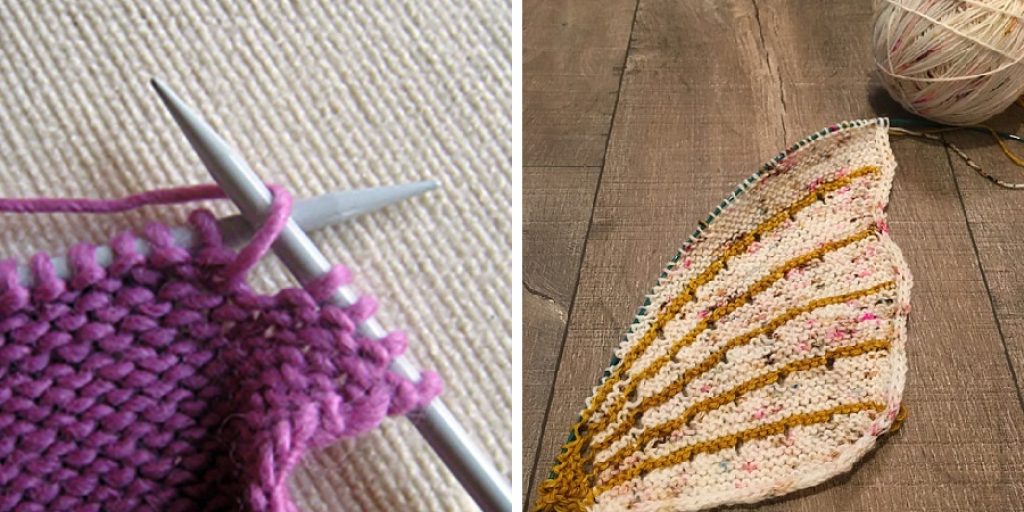
Knitting has been a beloved craft for centuries, with endless patterns and techniques to explore. One approach that might pique your interest in the art of short rows. Often used to shape certain sections of a knitting project, short rows can be fun and challenging to master. You can create stunning designs and achieve smooth transitions between different parts of your work with practice. Plus, the options for color combinations and stitch types are nearly endless. So whether you’re a seasoned knitter or just starting, why not give short rows a try and see what you can create?
Why Should You Knit Short Rows?
Knitting is known to be one of the most relaxing forms of needlework, but it can also be challenging and requires a fair bit of skill. As you progress in your knitting journey, you may come across a technique called short rows – a technique that can be intimidating to some but also has its benefits.
Essentially, short rows are used to add shape, depth, and dimension to your knitting projects. They are handy when making garments like sweaters, shawls, or even socks. Short rows can help you build curves, add length or width, or create unique designs that will impress your friends and family. If you’re looking to level up your knitting skills and add some creativity to your projects, learning short rows is definitely worth a try!
How to Knit Short Rows for Perfect Projects
1. Understanding Short Rows
Before getting into the nitty-gritty of knitting short rows, it is essential to understand what they are. Simply put, short rows are rows worked partially to create shaping within a garment or project. These rows are usually worked over fewer stitches than regular rows before turning the work partway through and continuing in the opposite direction.
2. Choose the Right Stitch
The first step in knitting short rows is choosing the stitch you want to use. Some of the most common stitches used for short rows include the wrap and turn (W&T) stitch, German short row, and Japanese short row. Each of these techniques has unique properties, and the one you use may depend on the project you are working on.
3. Work a Basic Short Row
Once you have chosen your stitch, it’s time to start knitting. To work a basic short row, you first knit to the point where you want the turn to happen. Then, you turn your work back in the opposite direction until the next turning point. Continue in this way, working back and forth until you reach the end of the row.
4. Fix Wrapping
In knitting short rows, wrapping the stitches is an essential technique to keep the yarn from creating holes on the wrong side of the project. If you find that your wraps are creating unsightly bumps or holes, there is a simple fix. First, carefully pick up the wrap with your needle, ensuring it sits snugly on your stitch. Then, work the wrap and stitch together as a single stitch, and your work will look neat and smooth.
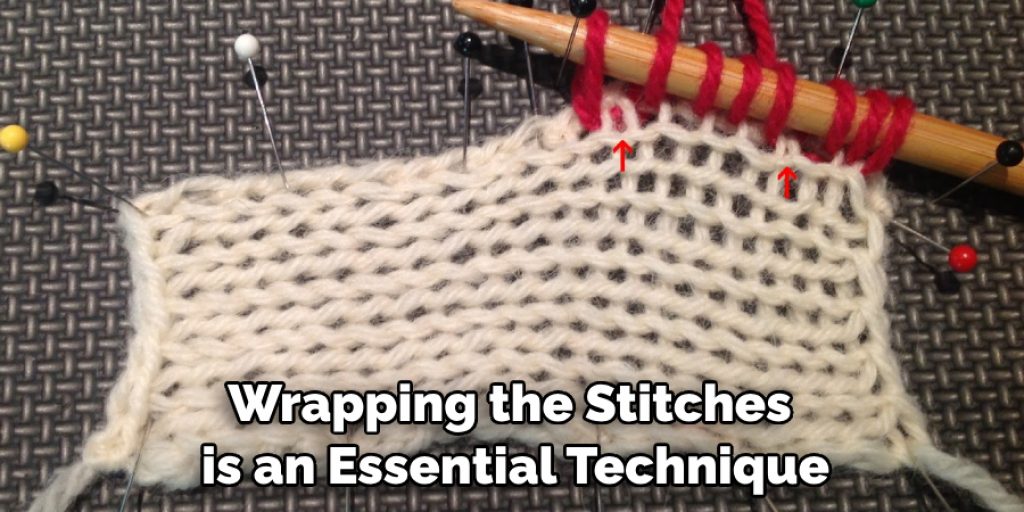
5. Manage Gaps
In some cases, gaps can form between the wraps and the stitches in a short row. Keep an even tension on your yarn when knitting each stitch to avoid this issue. Additionally, ensure that you are not pulling too tightly on the wrap itself – doing so will ensure that the gap remains minimal.
6. Incorporate Short Rows into Your Patterns
Once you have mastered the basics of knitting short rows, it’s time to start incorporating them into your projects. To do so, work the stitches as you would for a regular row, but turn and wrap when needed. By doing this, you can easily create shaping within any pattern without any modifications.
7. Practice, Practice, Practice!
As with any new skill, the best way to improve your knitting is to practice it as much as possible. Try different techniques and stitches, experiment with different types of yarns and needles, and ask for help or advice whenever you need it. With enough time and patience, you will become a pro in no time! And the great thing about short rows is that they are easy to customize to your own individual projects, so don’t be scared to take some creative liberties.
That’s it! You’ve now learned the basics of knitting short rows. Now that you know the basics, it’s time to experiment with different techniques and stitches. With enough practice, you’ll be able to create beautiful projects with ease!
5 Considerations Things When You Need to Knit Short Rows
1. Yarn Type

The type of yarn you use will have a big impact on how your short rows look. If you want your short rows to be less noticeable, use a yarn that is the same color as the rest of your project. Use a contrasting color if you don’t mind the short rows being more visible.
2. Needle Size
The size of your needles will also affect how your short rows look. If you want your short rows to be less noticeable, use smaller needles. If you don’t mind the short rows being more visible, use larger needles.
3. Number of Rows
The number of rows you knit will also affect your short rows look. If you want your short rows to be less noticeable, knit fewer rows. If you don’t mind the short rows being more visible, knit more rows.
4. Gauge
Your gauge will also affect how your short rows look if you want your short rows to be less noticeable and knit at a tighter gauge. Suppose you don’t mind the short rows being more visible, knit at a looser gauge.
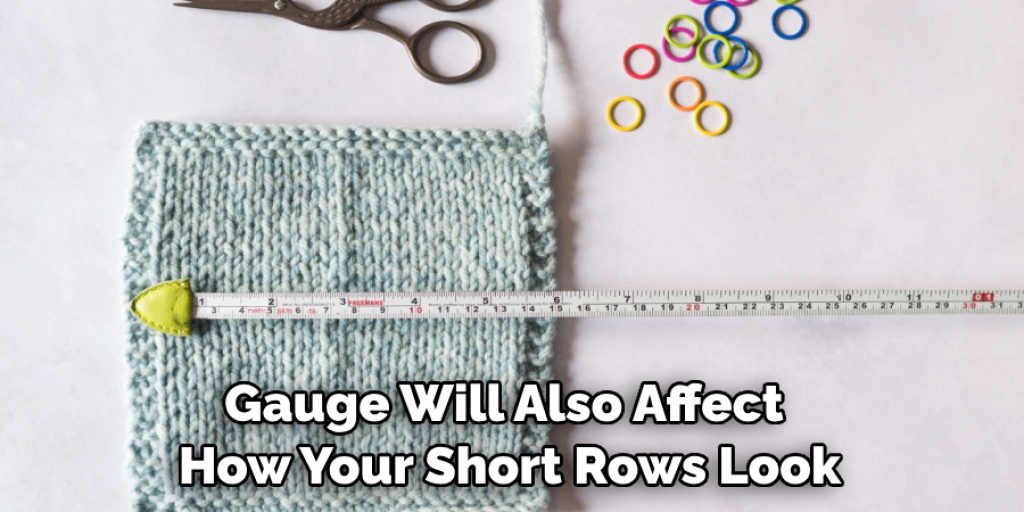
5. Pattern
The pattern you use will also affect how your short rows look. Use a simple pattern if you want your short rows to be less noticeable. Use a more complex pattern if you don’t mind the short rows being more visible.
With these five considerations in mind, you can make sure your short rows look exactly the way you want them to. So what are you waiting for? Grab some yarn and needles and get knitting! With a little practice, you’ll be an expert at knitting short rows in no time!
5 Benefits of Knit Short Rows
1. More Intuitive
Knit short rows are a type of shaping that is worked within a row of knitting rather than across multiple rows. This method is more intuitive for many knitters as it can be worked in the same direction as the rest of the knitting.
2. More Flexible
Knit short rows are also more flexible than other shaping methods, as they can be worked over several stitches. This means that they can be used to create various shapes and sizes.
3. Easier to Hide
Because short knit rows are worked within a row of knitting, they are easier to hide than other shaping methods. This is especially helpful if you are working on a project that will be worn or seen by others, as it will create a neater and more professional appearance.
4. Less likely to Distort Fabric
Another advantage of knitting short rows is that they are less likely to distort the fabric of your project. This is because the shaping is worked within the row rather than across multiple rows. This makes them ideal for projects that need to maintain their shapes, such as garments or blankets.
5. Can Be Used in Combination with Other Shaping Methods
Finally, knit short rows can be combined with other shaping methods to create even more complex shapes. This makes them incredibly versatile and gives you endless possibilities for your projects.
Now that you know the benefits of knitting short rows, why not try them? With a little practice, you’ll soon be able to knit them like a pro! From creating intricate shapes to hiding shaping within your project, knit short rows are an incredibly useful tool for any knitter. So grab some yarn and needles and get knitting!
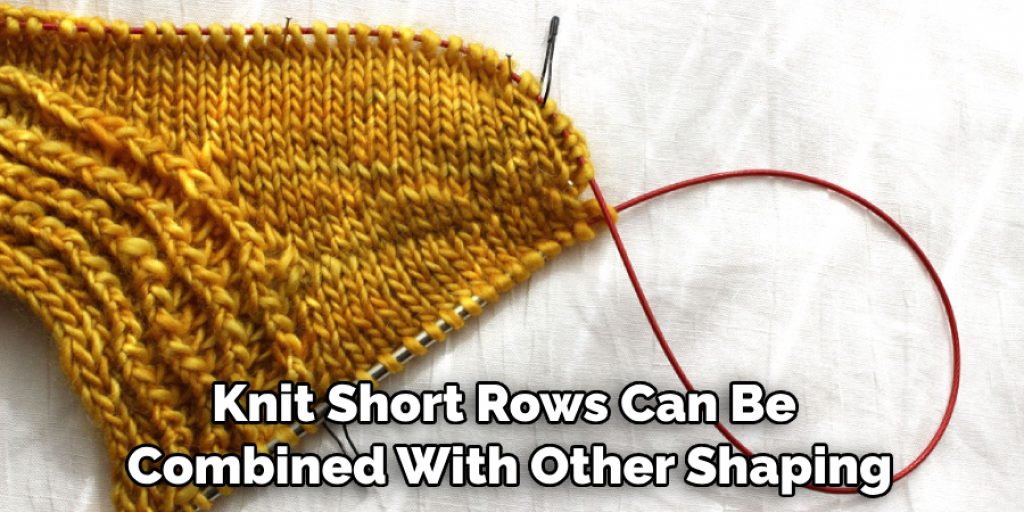
Some Common Mistakes People Make When Trying to Knit Short Rows
Knitting short rows can be a fun and challenging technique that can lead to some beautiful designs, but it’s not without its pitfalls. Unfortunately, there are a few common mistakes that many people make when trying to knit short rows for the first time. One of the most prevalent is failing to wrap the stitches properly. This can lead to gaps in the finished product, which is frustrating for any knitwear enthusiast. Another common mistake is not counting your stitches carefully, which can cause errors in the pattern and make it difficult to keep track of where you are in the project. But fear not – with practice and careful attention to detail, anyone can master knitting short rows and creating stunning garments, accessories, and other projects.
Conclusion
In conclusion, mastering the art of knitting short rows is a straightforward process that involves choosing your stitch, understanding how to work short rows, fixing wraps, and practicing your skills. By following these simple steps, you will be on your way to creating beautifully shaped and well-structured knitting projects in no time. So, grab your needles and some yarn, and start mastering this essential knitting technique today! Thanks for reading our post about how to knit short rows.


